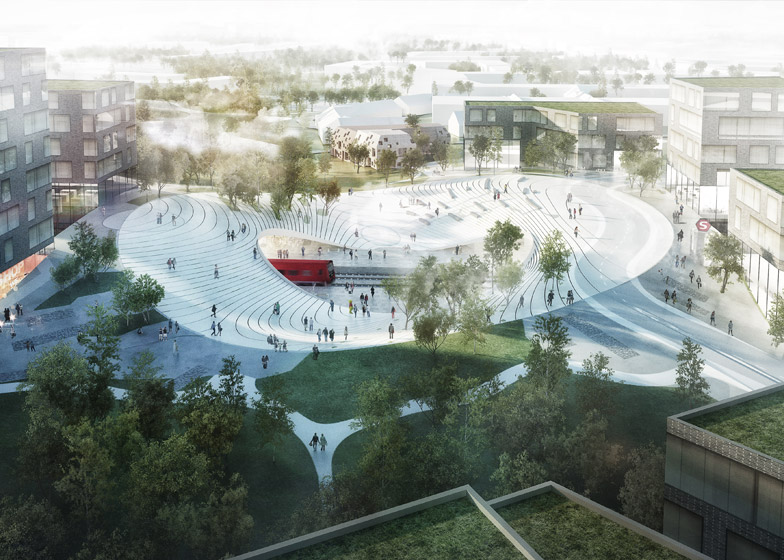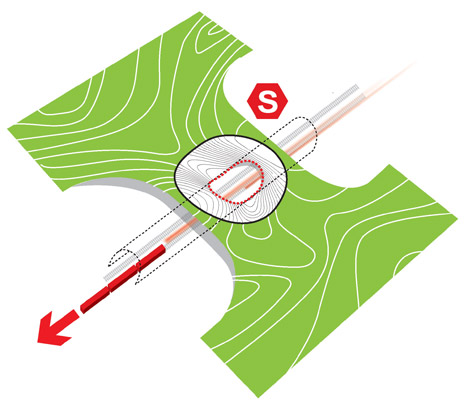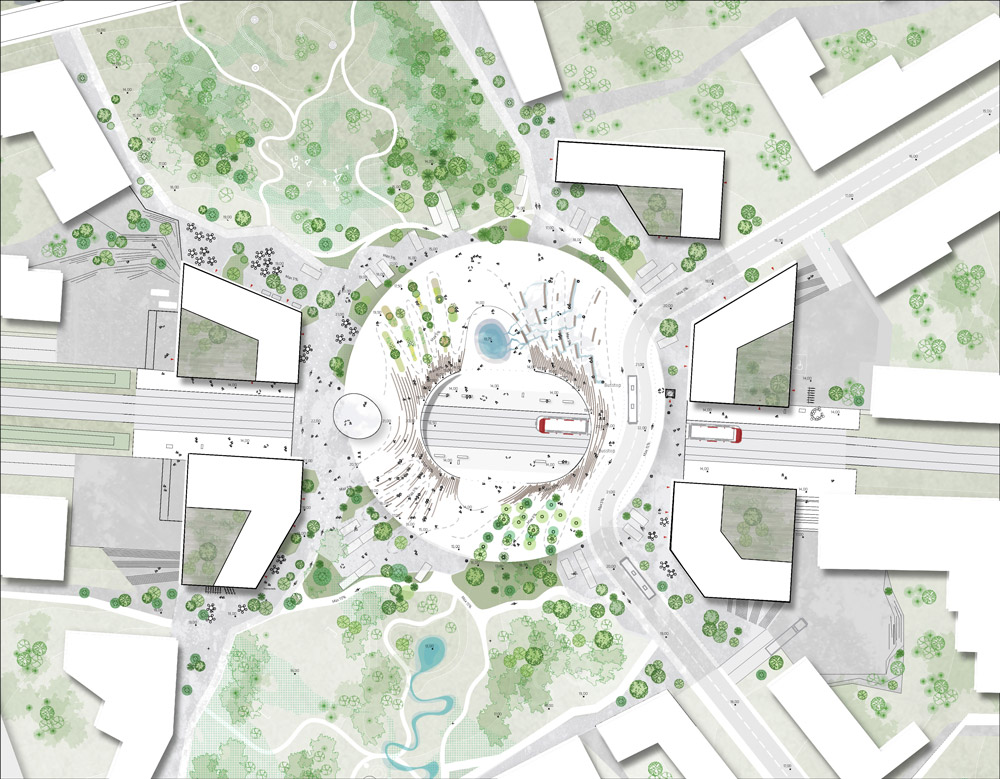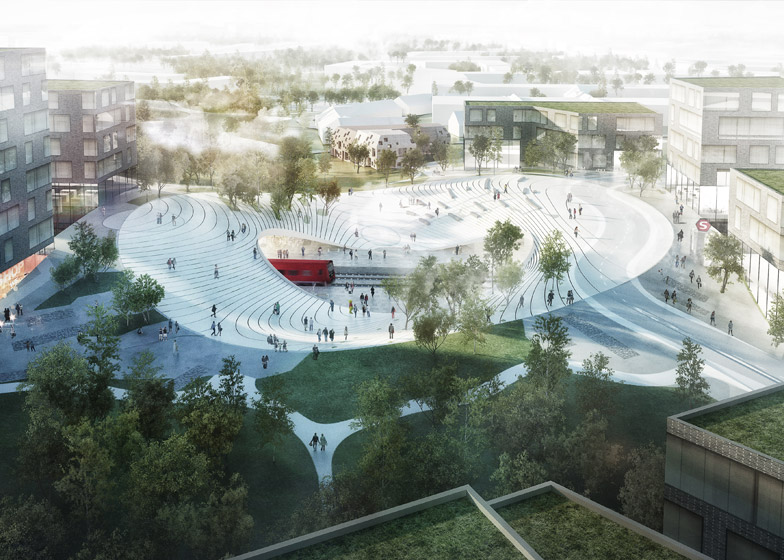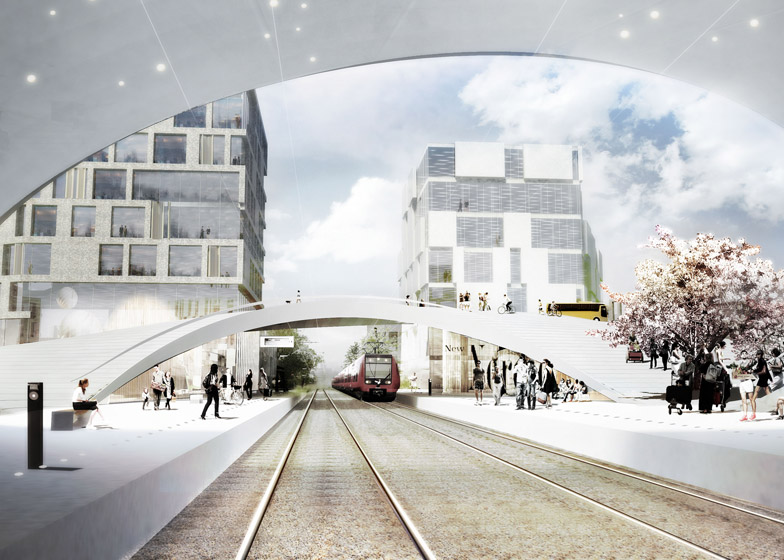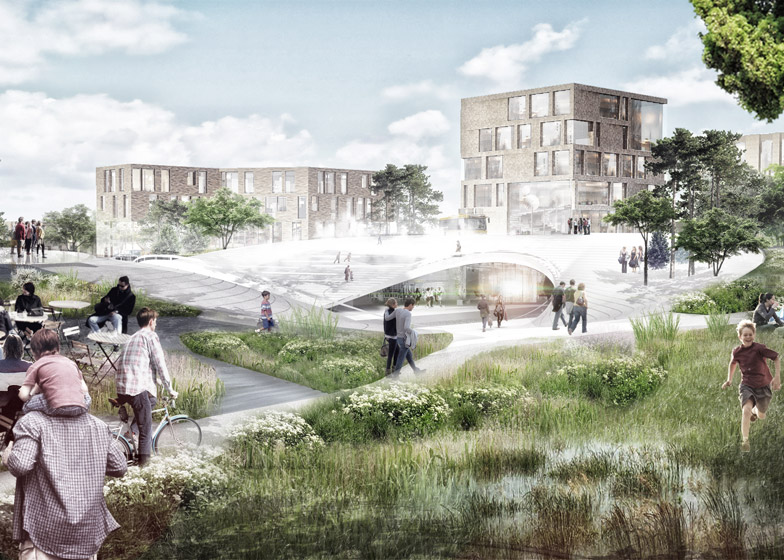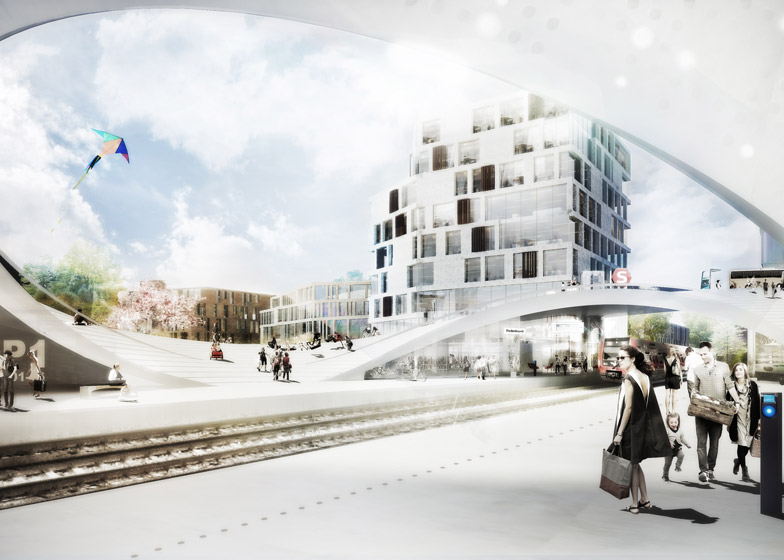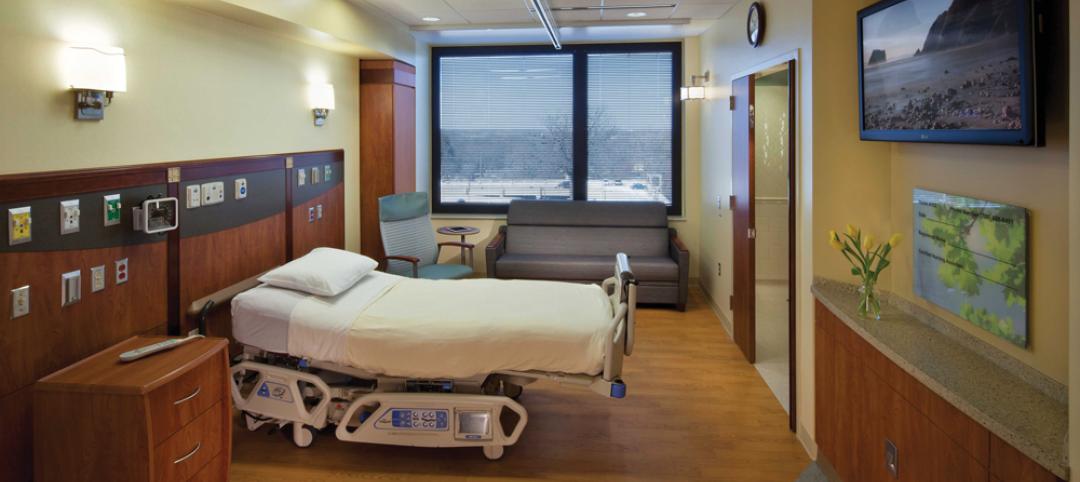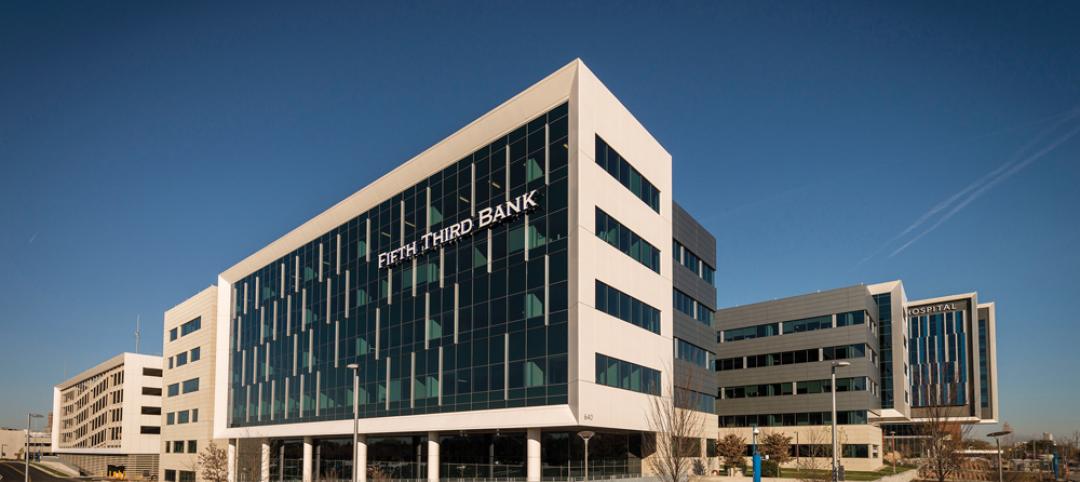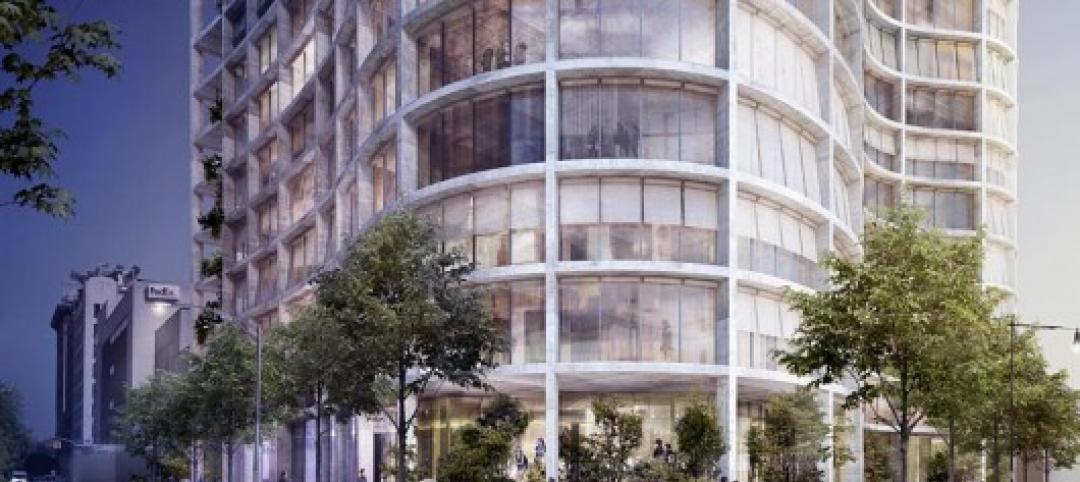Danish firm Henning Larsen Architects won Frederikssung municipality’s architecture competition for a regional train station in the planned city of Vinge—Denmark’s largest urban development. The design was executed together with Tredje Natur, MOE, and Railway Procurement Agency.
“The train station is part of a larger plan to connect the future city to regional public transit,” the firm says in a statement. According to Dezeen, the station will serve trains that go directly to other major hubs in the area, such as Copenhagen.
The entire city is slated for completion in 2033; the train station is due to be completed in 2017.
The design consists of a ring that slopes upward on two points, and level on another two points. The elevated points hover over the rails and contain a pathway that connects to the ground level, ensuring that the railway will not divide the town. According to Dezeen, the selection committee praised the winning proposal and expressed how it is “the proposal that best connects the train station, nature, and town structure as one united whole.”
The firm, together with Marianne Levinsen Landscape and Moe Consulting Engineers, designed the 370-hectare master plan for the city.
Vinge itself is intentionally designed to be a place where the natural landscape becomes part of the town by integrating nature, urban life and pedestrian infrastructure. In that sense, Henning Larsen Architect’s design, with its hills, walking paths, and trees, endorses the original intention of the city.
Related Stories
| Jul 23, 2014
Meet Acquario Ceará: The giant crustacean-shaped aquarium that's causing concerns
A new aquarium on Brazil's northeastern coast is designed, engineered, constructed and financed by U.S. firms and institutions.
| Jul 23, 2014
Top Healthcare Sector Construction Firms [2014 Giants 300 Report]
Turner, McCarthy, and Skanska USA top Building Design+Construction's 2014 ranking of the largest healthcare contractors and construction management firms in the U.S.
| Jul 23, 2014
Top Healthcare Sector Engineering Firms [2014 Giants 300 Report]
AECOM, Jacobs, and URS Corp. top Building Design+Construction's 2014 ranking of the largest healthcare engineering and engineering/architecture firms in the U.S.
| Jul 23, 2014
Top Healthcare Sector Architecture Firms [2014 Giants 300 Report]
HDR, Stantec, and HKS top Building Design+Construction's 2014 ranking of the largest healthcare architecture and architecture/engineering firms in the U.S.
| Jul 23, 2014
Tallest skyscraper in South Korea now open
The Northeast Asia Trade Tower stands at 308 meters and is the focal point of the Songdo International Business District, a new 310-hectare city built on reclaimed land.
| Jul 23, 2014
Architecture Billings Index up nearly a point in June
AIA reported the June ABI score was 53.5, up from a mark of 52.6 in May.
| Jul 22, 2014
L.A.'s tallest tower to get observation deck
U.S. Bank Tower, as part of a series of improvements, will be getting an observation deck and restaurant at its top.
| Jul 22, 2014
Herzog & de Meuron unveil curvy concrete condo in Manhattan
Herzog & de Meuron have released renderings of their new $250 million New York building, a 12-story condominium with 88 luxury apartments.
| Jul 21, 2014
Narrowing the field: Stirling Prize shortlist announced
The list includes first-time nominees Mecanoo and Renzo Piano Building Workshop, as well as previous winners Zaha Hadid Architects and Feilden Clegg Bradley Studios.
| Jul 21, 2014
Designing the process of leadership transition
Transition planning can be one of the more complex challenges that firms face. Effective plans begin by determining the gap between a firm’s current state and the future it envisions for itself. SPONSORED CONTENT


